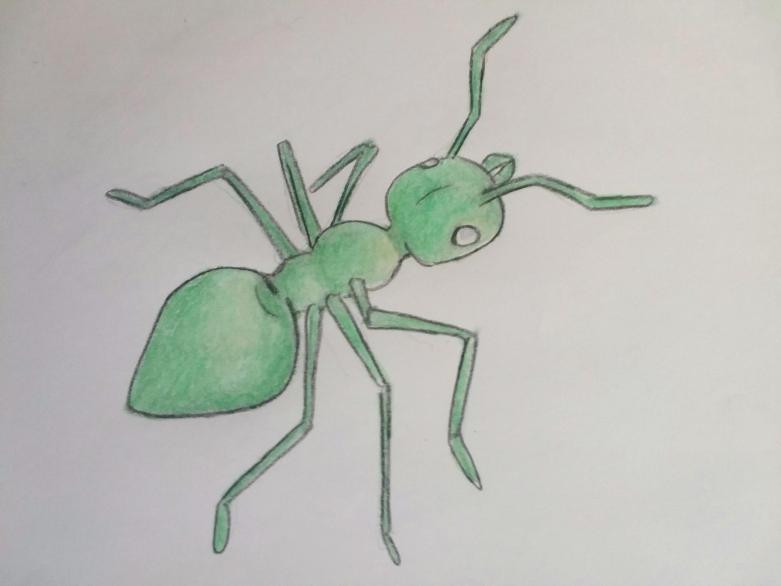HOME | DD
 echo1085 — Jade Ant
echo1085 — Jade Ant

#animal #ant #arthropod #desert #evo #evolution #fauna #green #island #jade #mediterannean #nocturnal #organism #scorch #spec #speculative #yellow #adlesia
Published: 2021-03-18 20:19:24 +0000 UTC; Views: 854; Favourites: 10; Downloads: 1
Redirect to original
Description
The jade ant is nocturnal and crepuscular in order to avoid the daytime heat. Having poor vision, it relies on pheromones to navigate in the dark. This is especially important because their pheromones evaporate in the daytime and the heat exposure may kill them (they are much more active above ground in winter and early spring, however.) For most of the year they feed on living and dead insects, animal carrion, and esparto grass seeds. But when the yellow scorch blooms in summer and autumn, they gather feast upon its abundant pollen and sip its sweet nectar. This anabasis only provides a limited amount of nectar so that the ants are forced to travel to another yellow scorch to continue feeding, thus pollinating the plant.
Their green coloration is a warning to nighttime animals, who can see their pale green easily in the darkness. Their formic acid is incredibly toxic, so when threatened the ants will go still then raise their gastrum in warning. They are quite bold ants who have no problem in attacking and eating rival colonies of other species. Yet with their own species they are non-territorial. After a strong rainstorm the small males will gather together to mate with the new queens. Colonies are often difficult to establish but when successful, the queens will work together with their new workers to build a super-colony, with a vast network of tunnels connecting all anthills together. These are very communicative ants which are speedy for traveling quickly from one place to another, so that if an anthill is threatened, they can send for help, or share resources with one another.

























